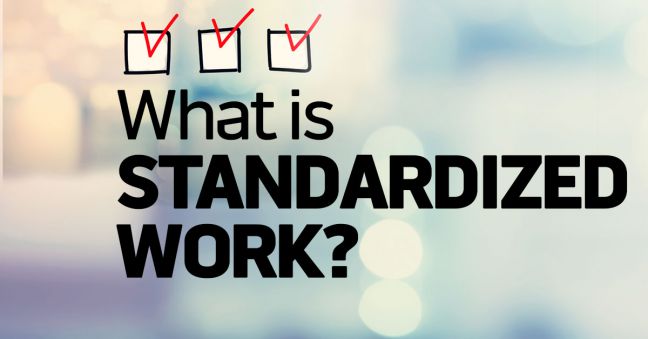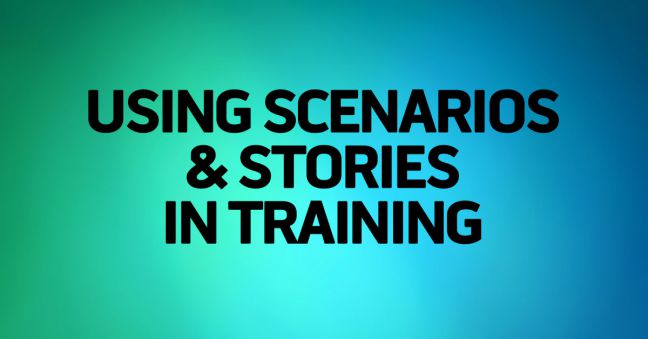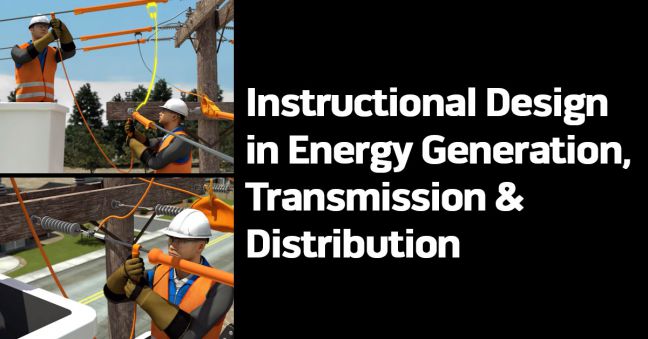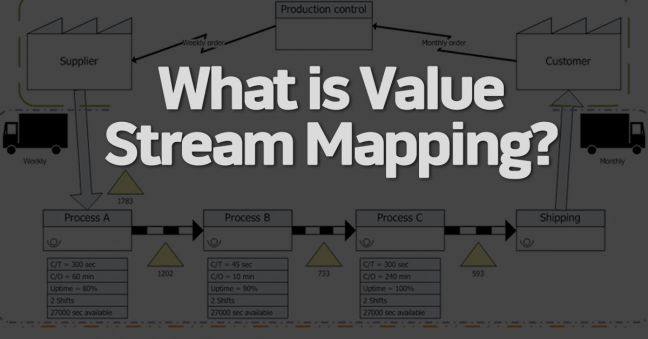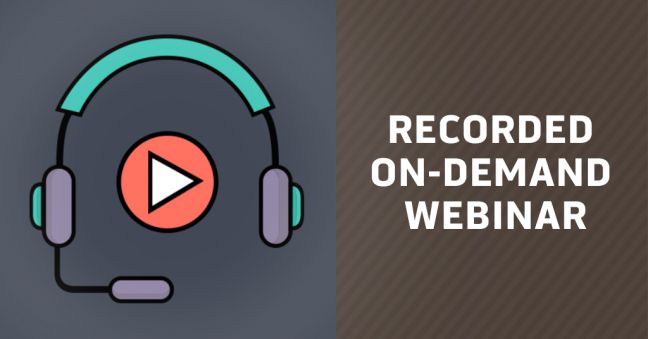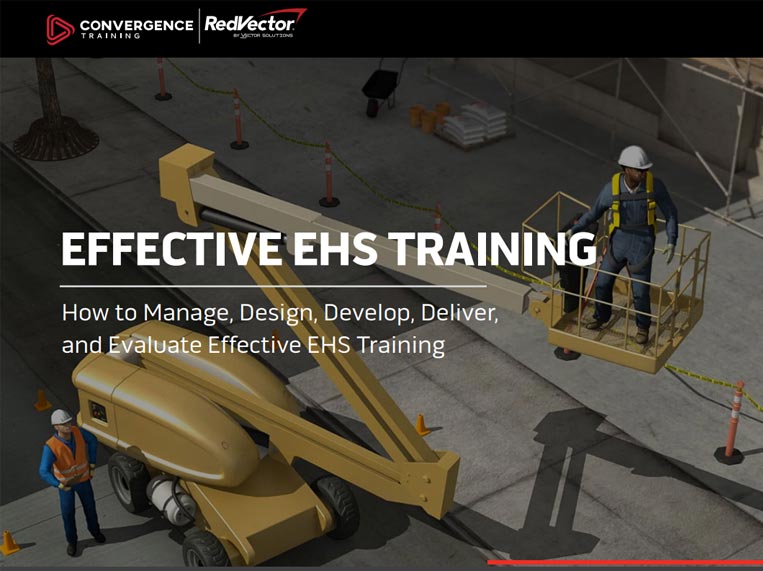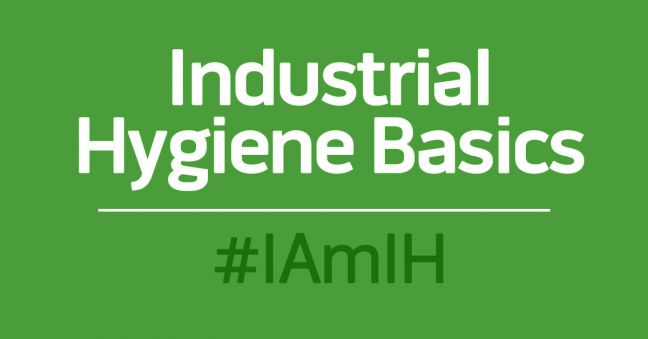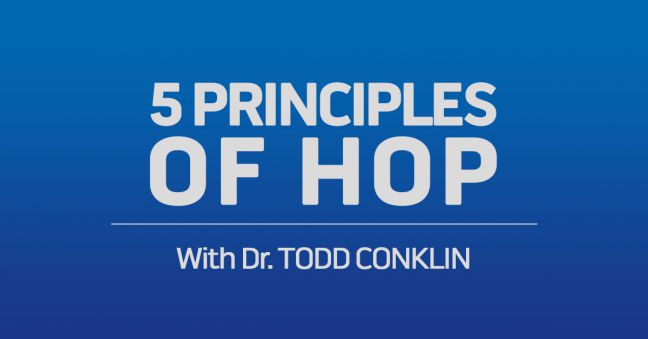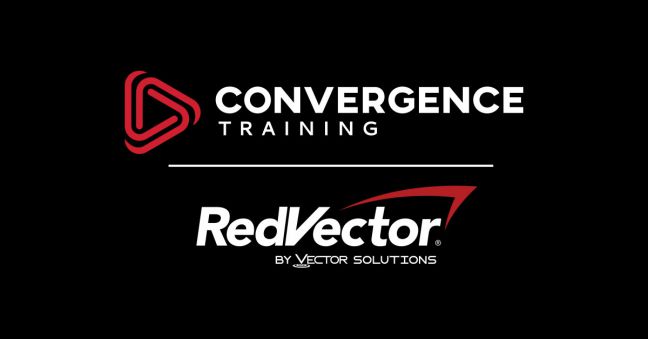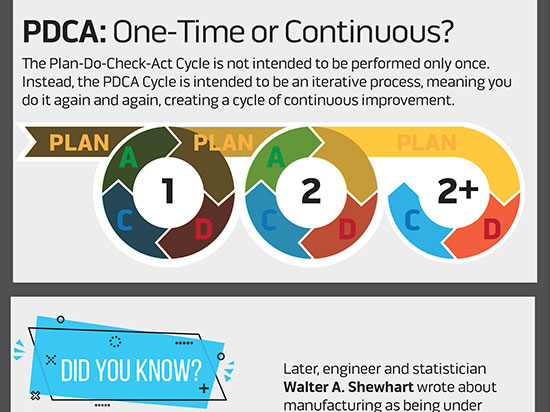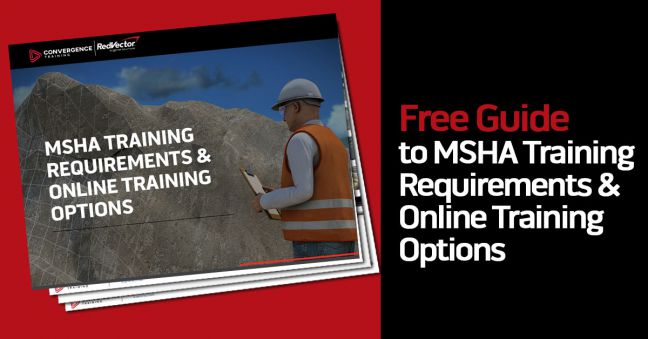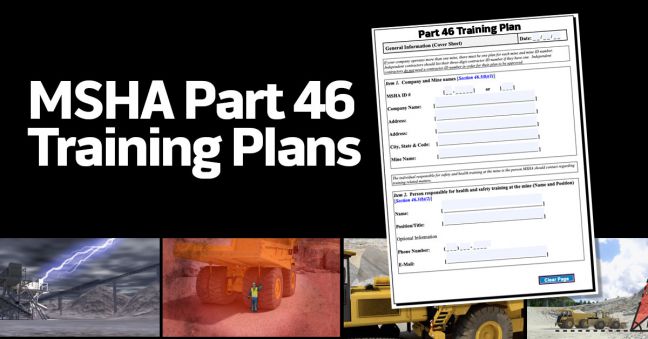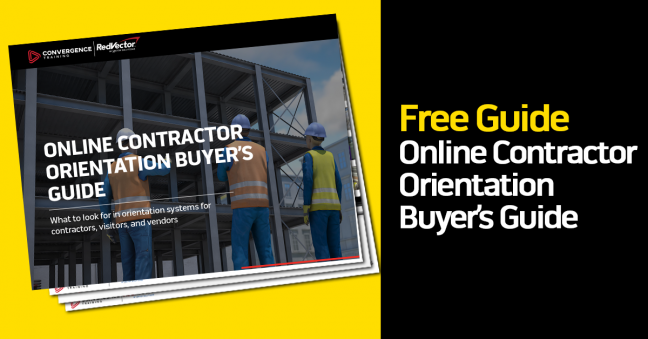
Does your company employ contractors? Probably.
Do you also have visitors and vendors on site? Again, probably.
Do you need to create safety orientation materials for those contractors, visitors, and vendors before they come on site? Probably.
And do you need an online delivery tool to that lets those contractors, vendors, and visitors complete their orientations and lets you run reports to see who’s done and who’s not? Probably.
At the bottom of this article, we’ve included a free Online Contractor Orientation Buyer’s Guide that you can download. It’s got some solid recommendations of the kind of stuff you should be looking for if you want to get your site-specific orientation materials online and get an online tool for self-registration, assignments, online delivery, crediting, tracking, reporting, notifications, and more.
So enjoy the buyer’s guide and feel free to check out our extensive article on best practices for contractor management as well.
